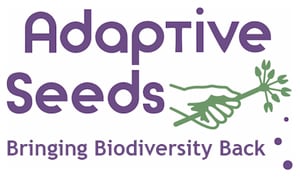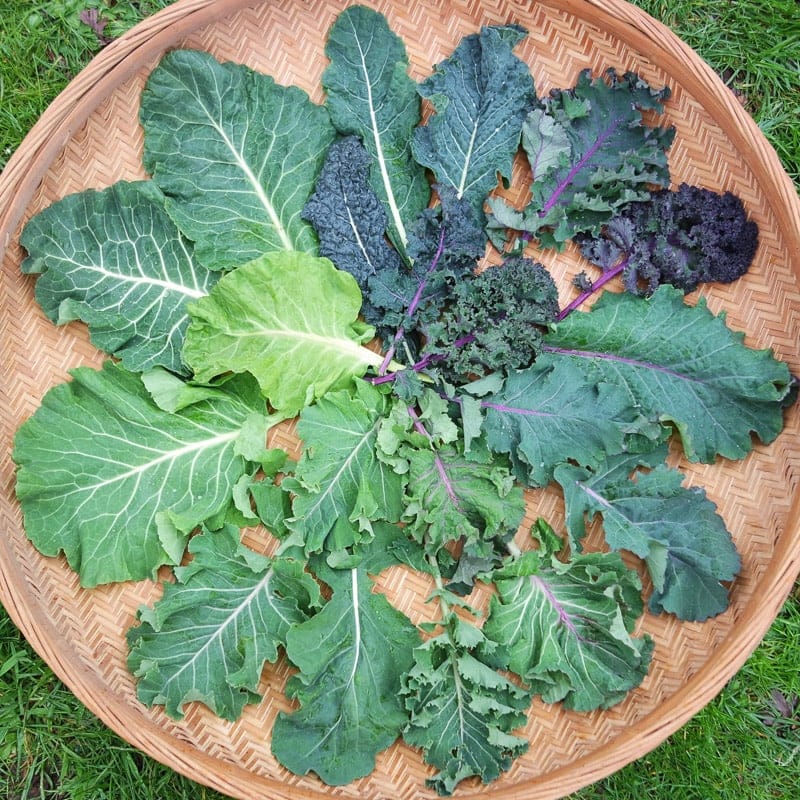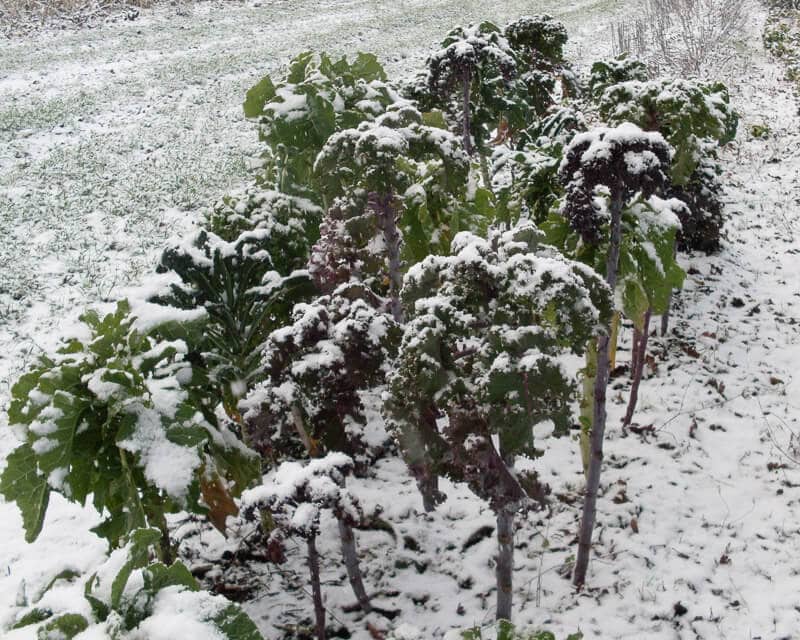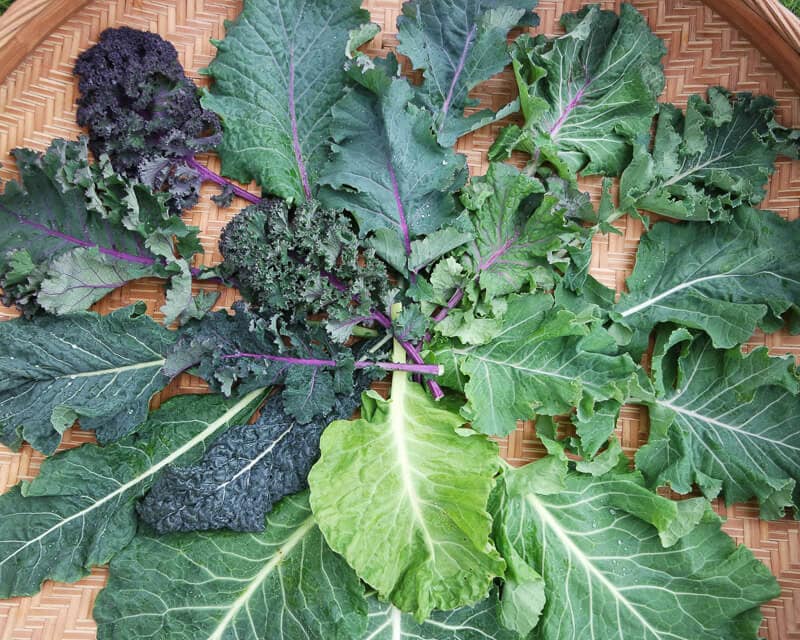Kale, Kale Coalition (Organic)
Brassica oleracea. 30 days baby, 60-70 days full.
A diverse genepool mix of 17 oleracea kales and their crosses. Nick Routledge trialed the 17 kales collected on our 2007 Seed Ambassadors trip and this is what happened the next spring. This grex contains a lot of very interesting, diverse kales that are not available in the US, not just curly green kales. The resulting mix contains the most incredibly vigorous kales we have ever seen. If you like a mix of diverse kales in your life, Kale Coalition is for you. A combination of Hoj Amager Grunkohl (DK), Madeley (UK), Westphalian (UK), Westland Winter (UK), Westländer Winter (DE), Asparagus Kale (IR, UK), 1,000 Headed kale (DE), Roter Krauskohl (DE), Altmarker Braun (DE), Baltic Red (SE), Blonde Butter of Jalhay (BE), Butterkohl (DE), Nicki’s Cut’N’Come Again (IE), Shetland (UK), Hellerbutter Kohl (CH), Cavolo Nero di Toscana (IT), and Ostfriesische Palm (CH).
Please note that The Kale Coalition is not a physical mixture, it is a freely cross-pollinating population.
Seed produced by Sol Cycle Farm in Corvallis, Oregon.
As required by the Oregon Department of Agriculture and the Washington Crucifer Quarantine, all Brassica family seed lots have been tested & found negative for blackleg (Phoma lingam) by an approved, certified lab.
| Geographical Origin |
|---|
Sow indoors with good potting soil February through September. Transplant about 3-4 weeks after sprouting. In our region, kale can grow through the winter without protection, and survives best when sown in June or early July for this purpose. Alternatively, direct sow March through September.
Seed Saving
To maintain genetic diversity and prevent inbreeding, collect seeds from 10 or more plants of B. napus varieties, or 30 or more plants of B. oleracea. Cut seed heads when pods are dry, place on tarp, thresh by hand or by dancing. Winnow and screen to clean. Isolate from other Brassicas of the same species by ½ mile.






What others are saying
There are no contributions yet.